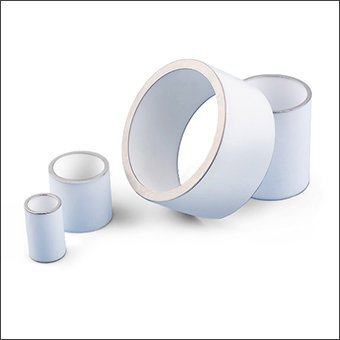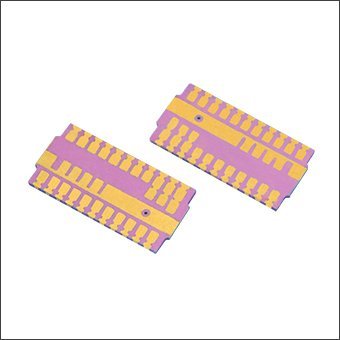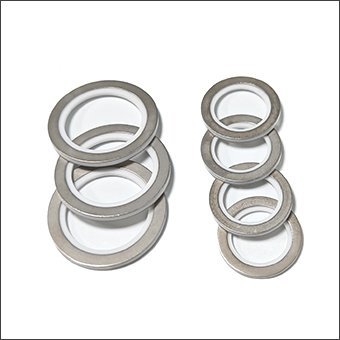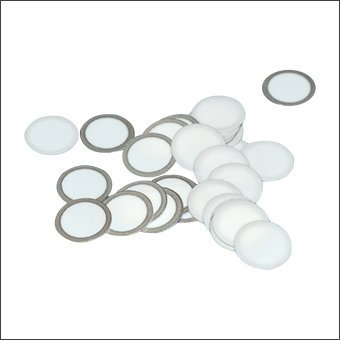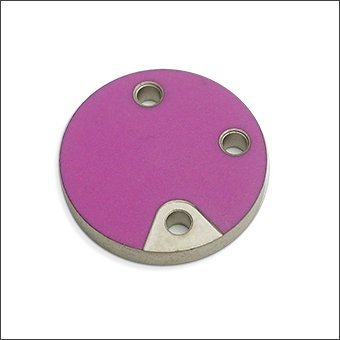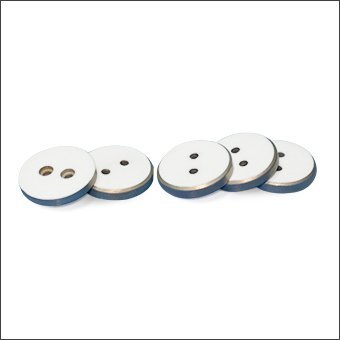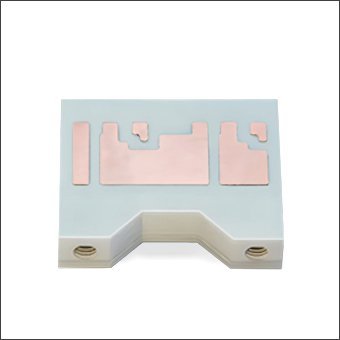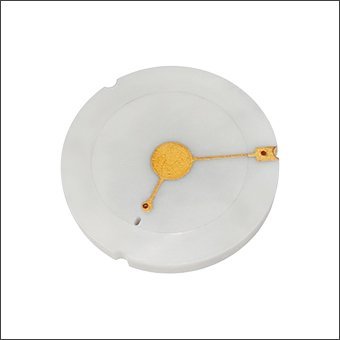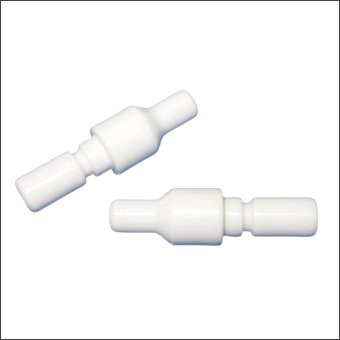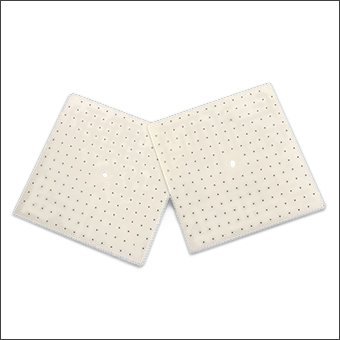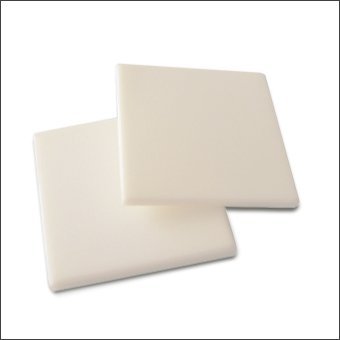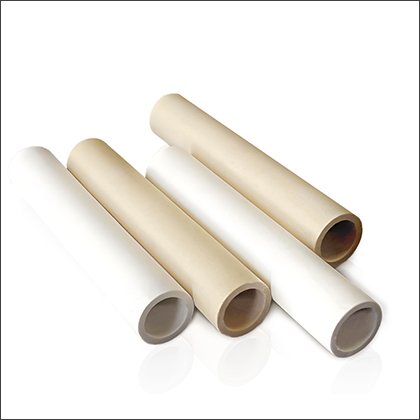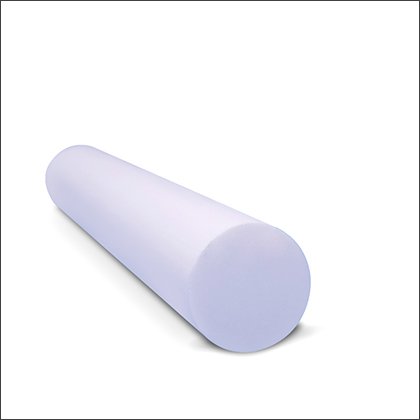Reliable Metallized Ceramic Fabrication
- Develop & formulate ceramic metallization paste in-house
- Advanced ceramic shaping and metallizing equipment
- Comprehensive bonding strength and leakage test equipment
- Strict & tightened inspection criteria for every batch
- Quick prototyping & from small to large size capability
- Affordable tooling cost and competitive price package
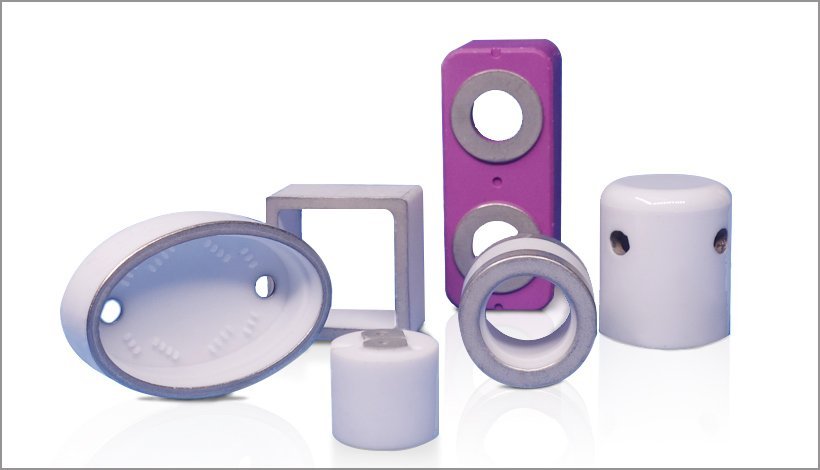
Expert Metallized Ceramics Factory In China
Since 2008, Jinghui has specialized in manufacturing precise, customized metalized ceramics. Our in-house metalizing capability enables us to apply ceramic metallization to flat surfaces and cylindrical and complex ceramic parts per your specifications. In addition to regular high-purity alumina as the base material of the ceramic bodies, we also supply a wide range of metalized ceramic components in aluminum nitride and zirconia to achieve featured functional requirements.
All metalized ceramics feature strong bonding strength, ideal air leakage after brazing, and outstanding electrical & physical properties. Therefore, they suit electronics, electrical, medical, defense, energy, and aerospace applications.
By Features
Jinghui supplies high-reliability metallized ceramic components with different features.
Tubes are the most common form of ceramic metallized parts, generally with both ends metallized.
The customized pattern of metallization of ceramic plates is usually used as electrical conductors and circuits.
Metallized ceramic rings used as an electrical insulator are usually made from 95% or 99% alumina.
It utilizes the excellent airtightness obtained from the brazing of ceramics and metals, and is used as a cover plate.
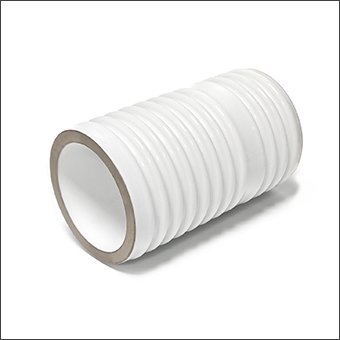
These ceramic cylinders are used in high-voltage, high-current applications or where vacuum-tightness is a must.
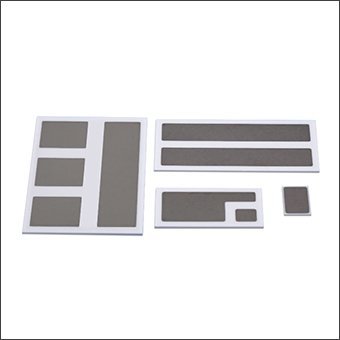
Various simple or complex patterns can be silk-screened on the ceramic substrates, mainly used for the PCB base.
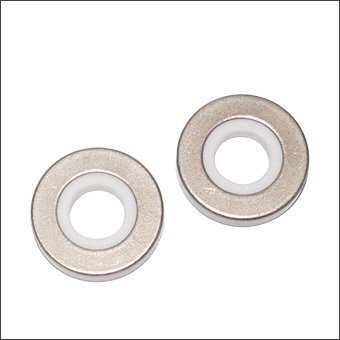
Metallized washers are usually used as intermediate parts for brazing ceramics and metals, metals and metals.
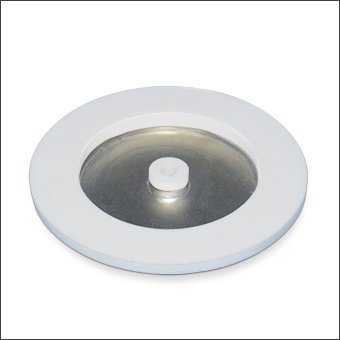
We manufacture a wide range of custom metallized ceramic components to cater to various vacuum electronics applications.
By Applications
Jinghui offer high reliability metallized ceramic components for various applications.
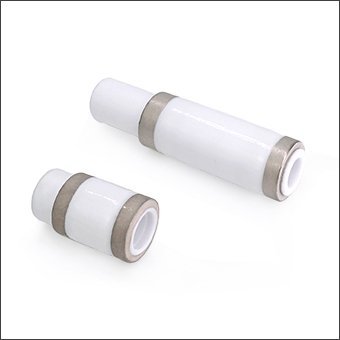
carries high voltage or current through a vacuum wall to a vacuum device.
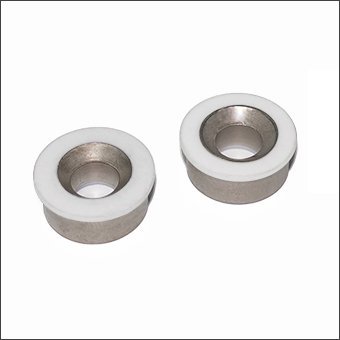
a sealed ceramic tube that protects circuits from power surges
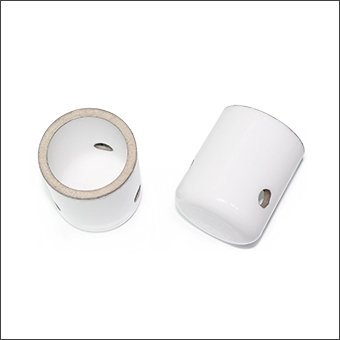
an electromechanical device that switches high voltage circuits.

It converts electrical input power into X-rays, are used in medical imaging and other applications.
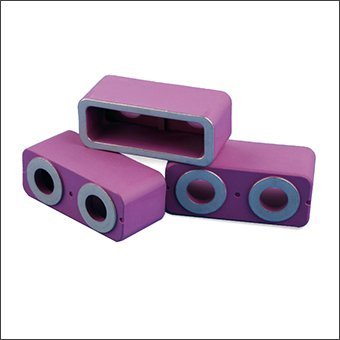
a switch that controls the flow of electricity in an electric vehicle (EV).
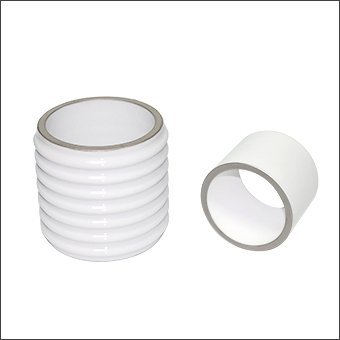
to separate electrical contacts and extinguish the resulting arc.
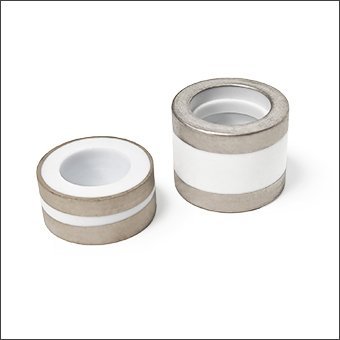

used to measure winding temperature of large Motors, Generators etc.
By Materials
The materials used in metallized ceramics are more concentrated, routinely only three or four materials.
-
Products made of 94.4% alumina are usually matched with a red color for eye-catching identification.
-
96% Alumina is the most commonly used material for aluminum oxide metallization.
-
High thermal conductivity is the main functional use of aluminum nitride as a ceramic metallization.
-
Zirconia as ceramic metallization is mainly used for its high strength and toughness.
Ceramics for Vacuum Electronic Devices
Vacuum electronic devices are used in all areas of the national economy, especially in many military electronic equipment. Ceramics for vacuum electronic devices are also the main material for ceramic-metal sealing and have excellent properties.
No gas is released during operation, especially harmful gas.
Impurities directly affect the performance parameters and reliability of devices.
The material processing accuracy has reached the micron level, and the required processing methods are also diverse.
Vacuum electronic devices are developing towards high power, ultra-high frequency and miniaturization, which places higher requirements on the heat transfer of devices.
Judging from the current usage and development, the most important ceramics for vacuum devices are alumina ceramics, BeO ceramics, BN ceramics, AlN ceramics and diamond ceramics.
Broadband high-power traveling wave tubes, gate-controlled traveling wave tubes, millimeter wave devices, orthogonal field amplifier devices, vacuum microelectronic devices, etc.
Related Products
A Look at the World’s Leading Metallized Ceramics Companies
In this article, we present the top 10 global metallized ceramic component companies whose leadership in technology, innovation, and applications is driving the widespread use of metallized ceramic components across multiple industries.
- CeramTec GmbH (Germany)
CeramTec is a leading global ceramic technology company that provides a variety of high-performance ceramic materials, including metallized ceramics. Its metallized ceramic components are used in power modules, vacuum switches, and medical equipment, and have won market recognition for their excellent ceramic sealing technology and stability.
- Kyocera Corporation (Japan)
Kyocera produces a range of metallized ceramic components, including laser devices, vacuum switches, and high-frequency electronic components. Its advanced metallization process ensures high strength and durability.
- CoorsTek, Inc. (USA)
CoorsTek is one of the pioneers of metal-ceramic sealing technology. Its metallized ceramic components are widely used in the aerospace and high-voltage vacuum switch markets. CoorsTek maintains its industry leadership with excellent material formulation and packaging technology.
- Schott AG (Germany)
Schott has deep expertise in ceramic-metal sealing technology and provides hermetic sealing components and electronic packaging solutions. Its products are used in the medical, communications, and electronic device fields.
- Heraeus Group (Germany)
Heraeus Group enjoys a high reputation in the field of metal-ceramic packages. Its products are widely used in high-reliability applications such as lasers and vacuum electronic devices, with excellent thermal conductivity and airtightness.
- Morgan Advanced Materials (UK)
Morgan Advanced Materials produces high-performance metallized ceramic components, focusing on the aerospace, defense, and energy fields, providing products with high temperature resistance, pressure resistance, and excellent air tightness.
- Toshiba Materials Co., Ltd. (Japan)
Toshiba Materials’ metal-ceramic packages are widely used in vacuum tubes, laser cavities, and sensors. They have a highly reliable metallization process to ensure that the products can withstand extreme environments.
- Kyoto Electronics Manufacturing Co., Ltd. (Japan)
Kyoto Electronics produces metal-ceramic packages, mainly serving the high-voltage switch and vacuum device markets, and its products excel in performance and durability.
- Hitachi Metals, Ltd. (Japan)
Hitachi Metals provides high-quality metallized ceramic components, especially for high-voltage vacuum power equipment, with high durability and low leakage rate.
- AMETEK Electronic Components and Packaging (USA)
AMETEK specializes in metallized ceramic sealing and hermetic packaging parts, providing customized solutions for the military, medical, and energy industries. Its products have excellent mechanical and electrical properties.
Due to the poor wettability between advanced ceramics and metal alloys and the significant difference in the thermal expansion coefficient, ceramics and metals are not directly brazed together. To solve the issue, a metal layer needs to be applied on a specific ceramic surface under high-temp curing with high adhesion strength, and then ceramic-to-metal brazing can be achieved smoothly. The ceramic components that have undergone this special treatment are called metalized ceramics.
We can coat metal onto ceramic. There are 2 types of manufacturing methods, one is to apply a base metallic layer on ceramic surface, afterwards, an additional metallic plating will be applied on the base layer via electroplating or electroless deposition; the one is to apply silver (Ag) or copper on ceramic components directly.
It’s an art-of-the-state manufacturing process that deposits the metallization onto the surface of advanced ceramics through screen-printing, hand painting, spray, needle, and vacuum sputtering methods.
Molybdenum manganese (Mo Mn) slurry mixed with evenly distributed agents such as Ti, Zr, Fe, SiO2, and CaO will be coated onto the ceramic surface. The treated ceramic parts will be sintered at 1450~1600℃ to form a tightly bonded Mo/Mn layer on the ceramic body. This is called Mo Mn metallization, which is the most typical ceramic metallization for advanced ceramics.
The difference in thermal expansion coefficient between ceramics and metals may lead to stress concentration and peeling between ceramics and metals, thus affecting the adhesion and stability of the metallization layer.
Moreover, ceramic usually has high chemical stability and inertness, which makes it difficult for metal materials to bond well with it.
In addition, if the metallization process is not well controlled, it will lead to quality problems of the metallization layer, such as poor bonding, brittleness, cracks, etc.
Metal-ceramic packages with poor airtightness are prone to leakage during use, resulting in unstable performance of the device or system, or even malfunction. We believe that the following reasons may cause leakage.
1. Ceramic problem: (1) Ceramic cracking; (2) Whether the design structure of the ceramic is conducive to reducing stress.
2.Metallization problem: Cracking, blistering, sinking, oxidation or peeling of the metallization layer, etc.
3. Brazing problem: (1) The thermal expansion coefficients of ceramic and soldering parts are inconsistent; (2) The fixture does not match the product; (3) Human operation problem; (4) Solder problem.




